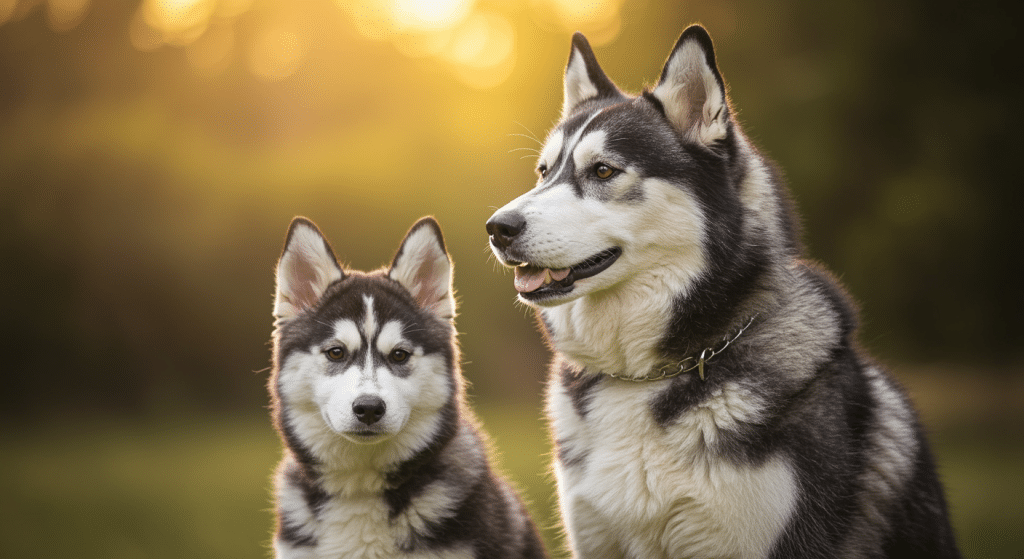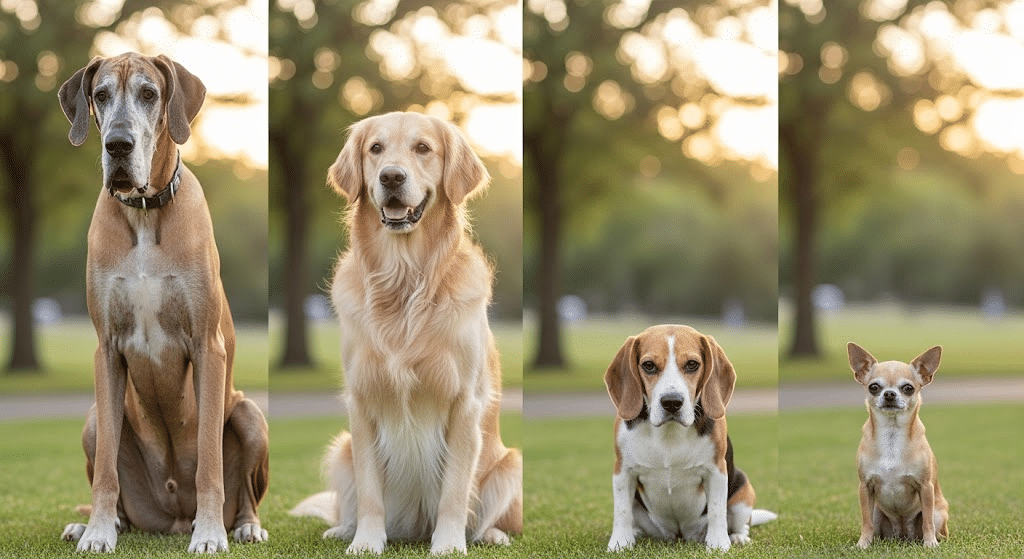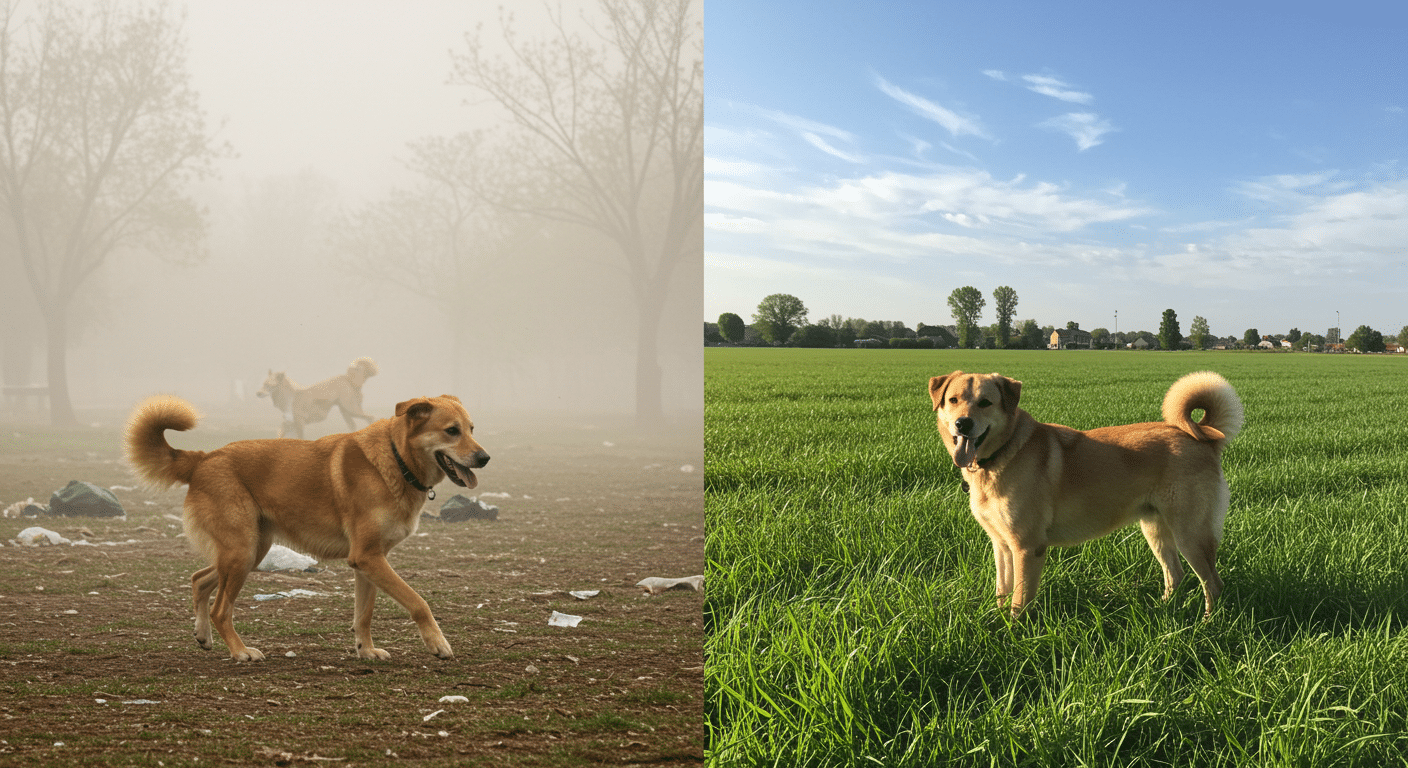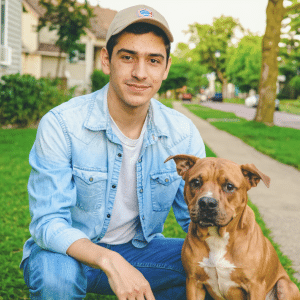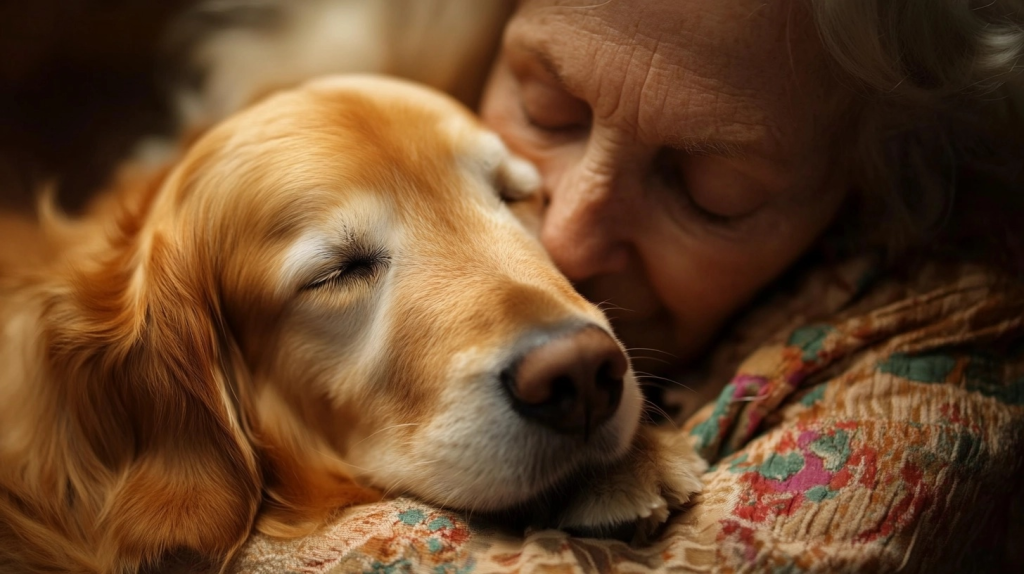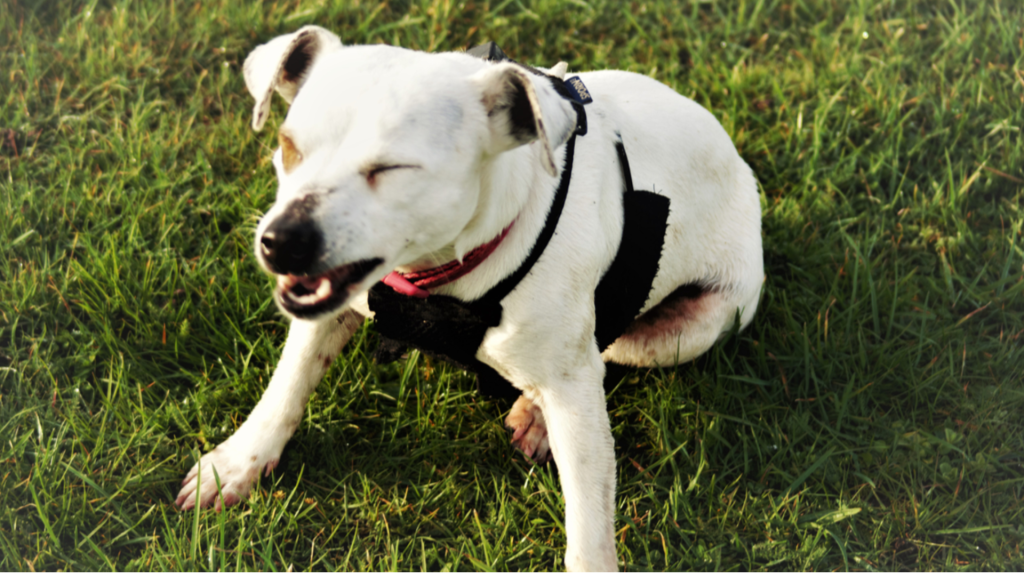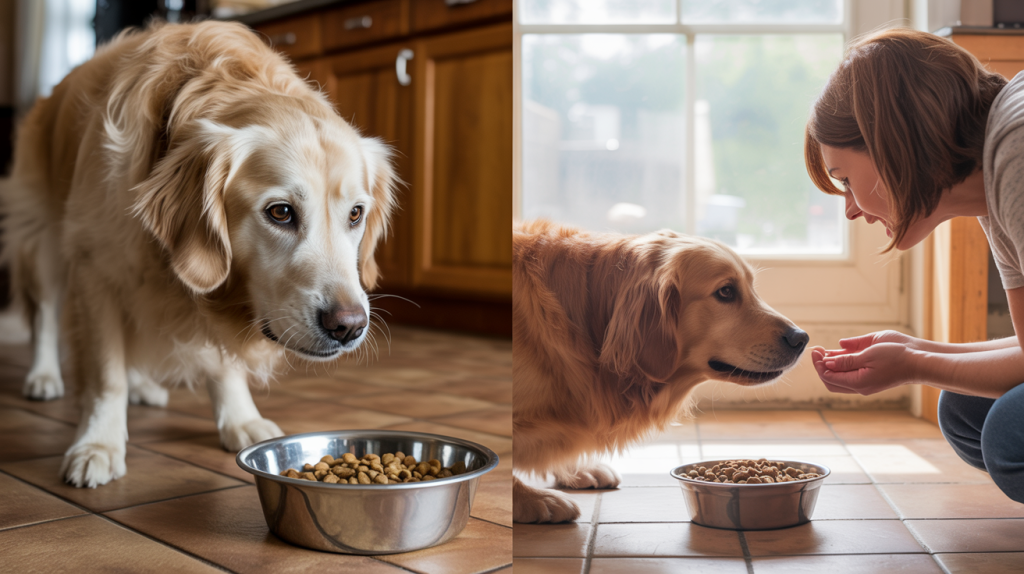Dog owners often watch their furry friends grow gray around the muzzle while their neighbor’s cat still looks young.
This reality hits hard when a seven-year-old golden retriever shows signs of old age, but a seven-year-old parrot acts like a teenager.
Many pet lovers wonder why do dogs age so fast compared to other animals they share their homes with. The answer lies in the biological differences that most people never consider. Understanding these factors helps explain why some pets live decades while others have much shorter lifespans.
This knowledge can change how owners care for their dogs and make every moment count. The science behind aging reveals surprising truths about our four-legged companions.
Biological Factors Behind Rapid Aging
Several biological factors explain why dogs age much faster than many other pets. Their metabolic rate is higher than that of cats or birds, meaning their bodies work harder and wear out sooner.
Size plays a big role, too. Large dog breeds age faster than small ones because their bodies produce more growth hormones early in life. This rapid development comes at a cost later on.
Their hearts work harder to pump blood through bigger bodies, and their joints carry more weight.
Most dogs also lack the genetic variations that help other animals live longer. Unlike tortoises or some birds, dogs haven’t evolved the same cellular repair mechanisms.
Dogs also have shorter telomeres – the protective caps on chromosomes that shrink with age. When these get too short, cells stop dividing properly.
Breed-Specific Aging Patterns
Different dog breeds age at completely different rates, which helps explain why do dogs age so fast in some cases but not others. A Great Dane might show senior signs at five years old, while a Chihuahua stays spry well into its teens.
This happens because breeding has created dogs with vastly different lifespans and aging patterns.
Large breeds face unique challenges that speed up their aging process. Their rapid puppy growth puts stress on their systems from the start.
Small breeds, on the other hand, tend to age more slowly and live longer lives.
Here are some common aging patterns by breed size:
- Giant breeds (over 90 lbs): Age fastest, considered seniors by 5-6 years
- Large breeds (50-90 lbs): Become seniors around 7-8 years old
- Medium breeds (25-50 lbs): Enter senior years at 8-9 years
- Small breeds (under 25 lbs): Stay young until 10-12 years
Mixed breeds often live longer than purebreds because they have more genetic diversity. This variety helps protect them from breed-specific health problems that can speed up aging.
Comparing Dog and Human Aging
The old “one dog year equals seven human years” rule isn’t accurate at all.
Dogs age much faster during their first two years, then the rate slows down. This comparison helps pet owners understand where their dog stands in life stages.
| Dog Age | Small Breeds (Human Equivalent) | Large Breeds (Human Equivalent) |
|---|---|---|
| 1 year | 15 years | 15 years |
| 2 years | 24 years | 24 years |
| 3 years | 28 years | 31 years |
| 5 years | 36 years | 45 years |
| 7 years | 44 years | 59 years |
| 10 years | 56 years | 78 years |
| 12 years | 64 years | 95 years |
| 15 years | 76 years | 120+ years |
This table shows why large dogs are considered seniors much earlier than small ones. Their aging accelerates faster after the puppy years.
Environmental and Lifestyle Impacts
Understanding why do dogs age so fast requires looking beyond genetics to their daily environment and lifestyle choices.
Dogs living in polluted cities often show signs of aging sooner than those in cleaner rural areas. Air quality, water sources, and exposure to chemicals all play important roles in how quickly a dog’s body breaks down.
Diet makes a huge difference, too. Dogs eating high-quality food with proper nutrients tend to age more slowly than those on cheap, processed kibble. Obesity significantly accelerates aging by placing extra stress on joints, hearts, and other organs.
Exercise levels also matter. Active dogs generally live longer and stay healthier. However, too much intense exercise can wear out joints faster.
Stress from loud environments, frequent moves, or lack of routine can trigger faster aging processes. Even indoor versus outdoor living affects how quickly dogs show their age.
Veterinary Perspectives and Advances on Canine Aging
Veterinarians now have better tools and knowledge to help dogs age more gracefully. Modern research has changed how vets approach senior dog care, moving from reactive treatment to preventive strategies.
Current Veterinary Approaches to Slow Aging:
- Regular blood work: Catches organ problems before symptoms appear
- Weight management programs: Keep joints healthy and reduce strain on organs
- Specialized senior diets: Include antioxidants and joint-supporting supplements
- Pain management protocols: Help arthritic dogs stay active longer
- Cognitive health monitoring: Tracks mental sharpness and memory changes
- Targeted exercise plans: Balance activity with joint protection
- Early cancer screening: Improves treatment success rates significantly
- Dental care focus: Prevents infections that can spread to other organs
- Hormone therapy research: Shows promise for extending healthy years
These advances help vets address aging before it becomes a major problem. Many dogs now live healthier lives well into their senior years.
What Dog Owners Are Really Saying About Aging
People online have been sharing surprisingly similar stories about watching their pets grow old. These real conversations reveal the emotional side of canine aging that statistics can’t capture.
The Reality of Rapid Aging
People online have been sharing surprisingly similar stories about watching their pets grow old. These real conversations reveal the emotional side of canine aging that statistics can’t capture.
One common thread involves shock at how fast large breeds age. Many wonder why do dogs age so fast when they see their two-year-old mastiff showing gray fur while their friend’s terrier looks like a puppy at age eight.
The Guilt Factor: Another frequent topic is the guilt many feel about not recognizing aging signs sooner. Pet parents often miss early arthritis symptoms or attribute their dog’s slower walks to laziness.
Many express frustration with the outdated “seven-year rule” they grew up hearing about dog aging.
Success Stories That Inspire
The Champions: The most heartwarming posts involve owners sharing photos of their 14-year-old dogs still playing fetch or hiking trails.
The Secret Formula: They credit good nutrition, regular vet visits, and staying active for their pet’s longevity.
These real-life conversations often provide more practical advice than textbooks. Actual experiences from fellow dog lovers carry weight that clinical studies sometimes lack.
These discussions help others spot warning signs earlier and make better decisions for their aging companions.
Wrapping It Up
The question of why do dogs age so fast has a complex answer rooted in biology, genetics, and lifestyle factors.
From rapid metabolic rates to breed-specific patterns, multiple elements work together to compress a dog’s lifespan into precious years. While we can’t stop time, understanding these factors helps us make better choices for our pets.
Regular vet checkups, proper nutrition, and appropriate exercise can add quality years to their lives. Every dog deserves to age gracefully, and now you have the knowledge to help make that happen.
What steps will you take to support your dog’s healthy aging?

